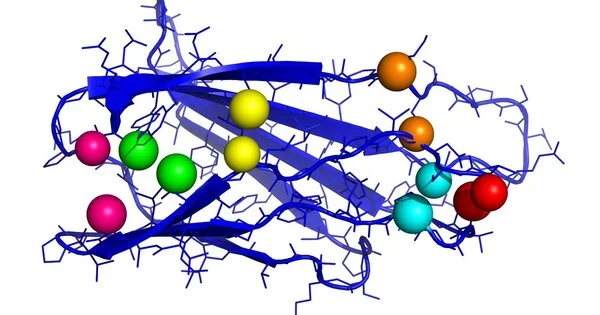Mechanobiology is an interdisciplinary field of study that focuses on the relationship between mechanical forces and biological systems. It is concerned with understanding how mechanical stimuli can influence cellular behavior, tissue development, and disease progression.
According to researchers, a new electromagnetic device that enables high-precision measurements of a wide range of soft biological tissues has set a new standard of precision in the field of mechanobiology. The method allows for mechanical testing of tissues the size of human biopsy samples, making it especially useful for human disease research.
Soft tissues in the body have a wide range of mechanical properties, such as stiffness and strength, that are essential for their function. For example, gastrointestinal tract tissues are soft to allow for food transit and digestion, whereas tendons are relatively stiff to transmit force from muscle to bone, allowing us to move.
The ability to precisely measure the mechanical properties of these tissues, which change during developmental processes or as a result of disease, has profound implications for biology and medicine. Methods for measuring these properties are currently insufficient, and their accuracy and reliability are limited – until now.
Our study demonstrated the improved reliability of the electromagnetic device, yielding errors in the stress-strain response below 15% — a previously unseen level of accuracy.
Dr. Adrien Hallou
Researchers from the University of Cambridge and the MIT Institute for Medical Engineering and Science (IMES) collaborated on new research that resulted in a device that relies on magnetic actuation and optical sensing, potentially allowing for live imaging of tissue under an inverted microscope. This provides insights into the behavior of the tissue under mechanical forces at both the cellular and molecular levels. The findings were published in the journal Science Advances.
An electromagnet pulls on a tissue specimen mounted on the device, while an optical system measures the specimen’s size or shape change.
“One of the most critical requirements for mechanical testing of soft biological tissues is to mimic the biological specimen’s physiological conditions (e.g., temperature, nutrients) as closely as possible, in order to keep the tissue alive and preserve its biomechanical properties,” said Dr. Thierry Savin, Associate Professor in Bioengineering and leader of the research team. “To that end, we created a transparent mounting chamber that allows us to measure the mechanical properties of tissues at the millimetre scale in their natural physiologic and chemical environment. As a result, the device is more versatile, precise, and robust, with high reliability and reproducibility.”

The researchers conducted a study on the biomechanics of a mouse esophagus and its constitutive layers to directly assess the performance of their electromagnetic device. The esophagus is a muscular tube that connects the throat to the stomach. It is made up of multiple tissue layers. The device was used by the researchers to conduct the first biomechanical study of each of the three individual layers of mouse esophageal tissue.
Their findings revealed that the esophagus behaves like a three-layer composite material, similar to those used in a variety of engineering applications. These are the first results obtained of the mechanical properties of each individual layer of the esophagus, according to the researchers.
“Our study demonstrated the improved reliability of the electromagnetic device, yielding errors in the stress-strain response below 15% — a previously unseen level of accuracy,” said Dr Adrien Hallou, Postdoctoral Fellow at the Wellcome Trust/Cancer Research UK Gurdon Institute. “We hope that this device will eventually become the new standard in the field of tissue biomechanics, providing a standardized dataset for characterizing mouse and human soft tissue mechanics across the board.”
“Through analysis of the biomechanics of healthy tissues and their changes as they occur during disease, our device could eventually be used to identify alterations in tissue properties that are of diagnostic relevance, thus becoming a valuable tool to inform clinical decisions,” said Luca Rosalia, Ph.D. candidate at IMES.














